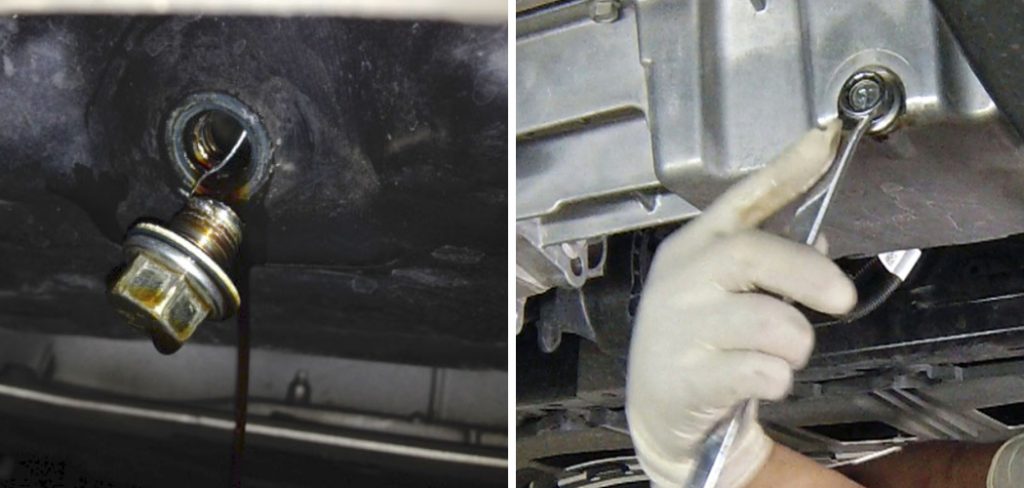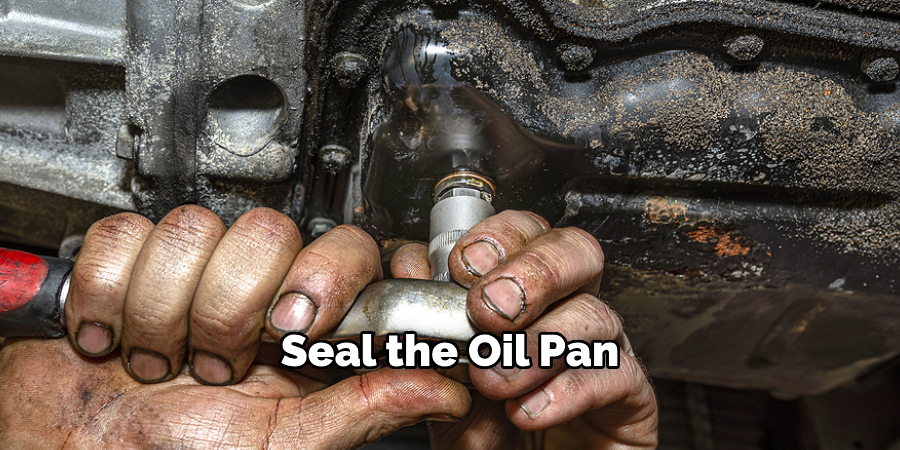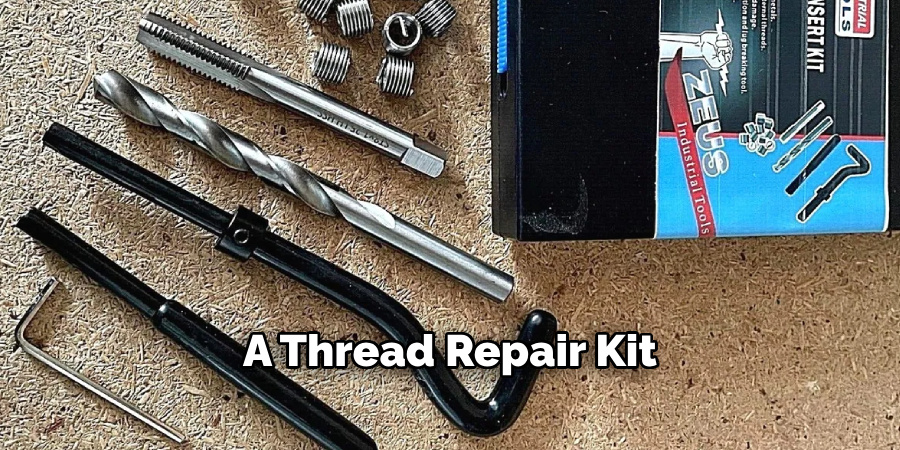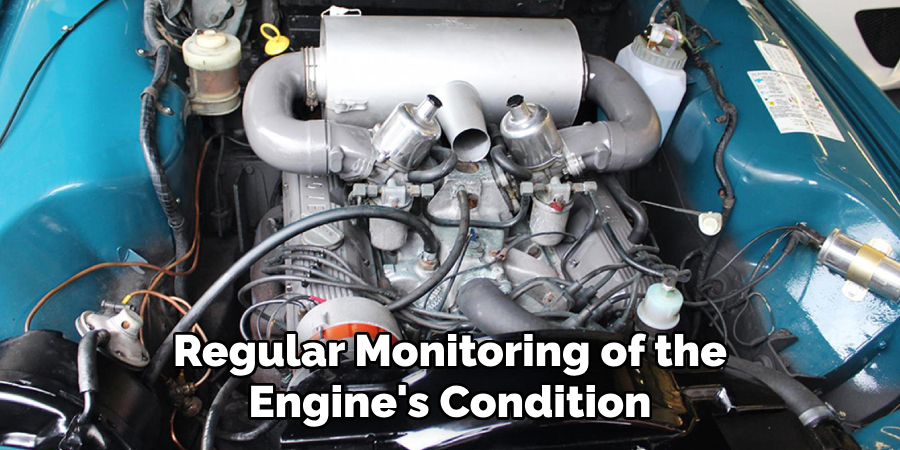Dealing with an oil leak from the drain plug is a common automotive challenge that, if left unaddressed, can lead to significant engine damage and a messy garage floor. The drain plug, a seemingly simple component, plays a crucial role in maintaining the integrity of the engine oil system.

When a leak occurs, it demands prompt attention to prevent oil loss, engine overheating, and potential mechanical failures. In this comprehensive guide, we will explore how to fix oil leak from drain plug, diagnostic steps to identify the issue, and practical solutions for fixing the problem.
Whether you’re a seasoned DIY enthusiast or a novice in automotive maintenance, understanding how to effectively address an oil leak from the drain plug is essential for preserving your engine’s health and ensuring a clean and efficient driving experience. Join us as we delve into the intricacies of this common vehicular concern, providing insights and step-by-step instructions to empower you in resolving drain plug leaks with confidence and precision.
A Drip in the Pond: The Importance of a Leak-Free Engine
Your car’s engine is a highly sophisticated and precisely engineered machine. Oil provides lubrication to prevent damage from the intense pressure and heat generated within the engine. A leak in the system compromises the oil’s ability to protect your engine’s components, potentially leading to significant, and expensive, damage. Addressing an oil leak is not only imperative for the environment and to ensure your car’s operating efficiency, but it also guarantees the integrity of your vehicle.
Spotting the Unseen: Identifying an Oil Leak
Not all leaks are created equal, but they do share common symptoms. You may notice oil spots on your driveway, or you could detect a burning oil smell when you’re driving. A visible drip is a clear sign that action is needed immediately.
Decrypting the Culprit: Common Causes of an Oil Leak
Understanding what’s causing the leak is the first step to solving the problem. Here are the most probable offenders:
Loose or Damaged Drain Plug

Over time, the plug can vibrate loose or undergo wear and tear. Its purpose is to seal the oil pan and retain the oil, and without a snug fit, the oil will find its way out.
Worn or Faulty Gasket
Many modern vehicles use a rubber or metal gasket to seal the drain plug. Gaskets, like any other part, degrade and lose their ability to form a tight seal.
Stripped Threads
The threaded portion of the oil pan can wear down, making it impossible to create the necessary torque to hold the drain plug firmly.
10 Steps How to Fix Oil Leak from Drain Plug
Dealing with an oil leak from your car’s drain plug can be messy and alarming. Oil, after all, is the lifeblood of your vehicle’s engine. To keep your car running smoothly, it’s essential to resolve a leak quickly and effectively. Below are ten methods that have been tried and tested, ensuring that you can confidently handle this common automotive issue.
1. Double-Checking the Drain Plug’s Tightness
Start with the simplest step: ensuring your drain plug is tight enough. An under-torqued plug is a common cause of leaks. Use a torque wrench to screw it back in to your vehicle’s manufacturer specified torque settings.
2. Replacing the Drain Plug Gasket

If tightening doesn’t stop the leak, your gasket may be the culprit. Replacing it with a new one can provide a better seal. Remember to choose a high-quality gasket, preferably one made of materials like copper or Kevlar for stronger longevity.
3. Applying Teflon Tape or Sealant to the Drain Plug Threads
For extra security in sealing, wrapping the threads with Teflon tape or using a suitable sealant can prevent leaks. However, some sealants can react with the oil, so be sure to select one compatible with your vehicle’s oil.
4. Inspecting for Drain Plug Damage
Any warping, distorting, or stripping on the threads of either the plug or the oil pan itself could be allowing oil to escape. If you spot any damage, it may be necessary to replace the damaged part.
5. Sizing Up to an Oversized Drain Plug
In some cases where the oil pan threads are damaged, an oversized drain plug can be fitted. This solution effectively cuts new threads, ensuring a secure seal.
6. Using a Chemical Metal to Create a New Seal
Chemical metal or weld sealer can provide a durable seal in tough-to-fix leaks. Make sure to clean and dry the threads thoroughly before application.
7. Exploring a Self-Tapping Drain Plug
If threading stripping is the issue, a self-tapping plug can cut new threads as it is screwed in. However, this method requires careful installation to avoid cross-threading.
8. Investing in a Thread Repair Kit
For more severe thread damage, a thread repair kit can restore proper screw sizing and increase the likelihood of a leak-free seal. These kits come with specialized taps and thread inserts.

9. Seeking Professional Help
If you’ve tried the above methods and the leak persists, it’s time to seek the expertise of a professional mechanic. They have the experience and tools to diagnose and fix the issue, without further damage to your vehicle.
10. Preventative Maintenance for Future Leaks
After resolving the leak, consider preventative measures such as regular inspections of the oil pan, the plug, and the gasket. Inspect the torque of the plug with every oil change to avoid future leaks.
By methodically working through these ten steps, you can tackle an oil leak from your car’s drain plug, ensuring your engine will continue its smooth operation for miles to come. Engaging with the right approach and a little patience, you’ll be back on the road with the confidence that comes from knowing you can handle common car maintenance with ease.
Keeping Your Engine Sealed: Prevention Tips
Maintaining a leak-free engine isn’t just about fixes—it’s about taking proactive steps to avoid problems before they begin. Regularly inspect your vehicle’s oil pan and drain plug to catch potential issues early. Replace the drain plug washer at each oil change to ensure a proper seal. Accustom yourself to the correct torque specifications for your drain plug and use a torque wrench every time you perform an oil change. Avoid over-tightening to prevent stripping threads.
Additionally, using high-quality oil and conducting oil changes at recommended intervals can reduce the risk of leaks by preventing oil degradation and gasket wear. Remember, preventive maintenance is a small investment in time and resources that can save you from costly repairs and extend the life of your vehicle.
Leaks at Bay: Preventative Maintenance

The best strategy to manage a vehicle’s health is through diligent preventative maintenance. Regular monitoring of the engine’s condition and timely replacement of its components can ward off oil leaks before they develop. Implement a routine where you inspect the integrity of the oil pan, the condition of the gaskets, and the snugness of the drain plug.
Changing your oil and oil filter according to your vehicle manufacturer’s recommendations is fundamental, as clean oil reduces wear on the engine components.
Additionally, make use of high-quality lubricants that match your engine’s needs, as they can maintain their properties under extreme conditions and prevent premature degradation of engine parts. Adhering to these practices not only extends the life of your vehicle but also contributes to a cleaner, leak-free engine. Remember, consistency in vehicle care is the key to preventing oil leaks and ensuring seamless engine performance.
Common Mistakes to Avoid When Addressing Oil Leaks
When tackling oil leaks, especially from the drain plug, you must steer clear of several common pitfalls that could exacerbate the problem. One such mistake is over-tightening the drain plug, which can strip the threads and lead to a costly repair. Another error is neglecting to replace the washer or gasket each time the oil is changed, as a worn-out seal is a prime source for leaks.
It’s equally important to avoid using the wrong type of sealant, which might not be compatible with engine oil and could cause further leakage or damage. Additionally, ignoring the signs of a minor oil leak can lead to major issues down the road, including severe engine damage.
Lastly, skimping on regular vehicle inspections can prevent you from catching a small issue before it turns into a bigger, more expensive one. Always follow manufacturer guidelines and don’t cut corners when conducting maintenance or repairs on your vehicle.
Conclusion
An oil leak from the drain plug is a relatively common occurrence that luckily has a straightforward solution. By following the steps outlined in this guide, you can help to ensure that your engine keeps running smoothly and that your driveway remains spot-free. Remember, addressing leaks promptly can save you from major engine repairs down the line.
Car maintenance and repair can seem daunting, but with a little knowledge and the right tools, you can be your vehicle’s best caretaker. Whether you’re a DIY enthusiast or rely on the expertise of a mechanic, understanding the essential procedures like fixing an oil leak can save you time, money, and a whole lot of worry. So, there you have it – a quick and easy guide on how to fix oil leak from drain plug.

Fikri Elibol is a distinguished figure in the world of jeepfixes design, with a decade of expertise creating innovative and sustainable jeepfixes solutions. His professional focus lies in merging traditional craftsmanship with modern manufacturing techniques, fostering designs that are both practical and environmentally conscious. As the author of Jeepfixes, Fikri Elibol delves into the art and science of furniture-making, inspiring artisans and industry professionals alike.
Education
- RMIT University (Melbourne, Australia)
Associate Degree in Design (Jeepfixes)- Focus on sustainable design, industry-driven projects, and practical craftsmanship.
- Gained hands-on experience with traditional and digital manufacturing tools, such as CAD and CNC software.
- Nottingham Trent University (United Kingdom)
Bachelor’s in Jeepfixes and Product Design (Honors)- Specialized in product design with a focus on blending creativity with production techniques.
- Participated in industry projects, working with companies like John Lewis and Vitsoe to gain real-world insights.
Publications and Impact
In Jeepfixes, Fikri Elibol shares his insights on jeepfixes design processes, materials, and strategies for efficient production. His writing bridges the gap between artisan knowledge and modern industry needs, making it a must-read for both budding designers and seasoned professionals.
